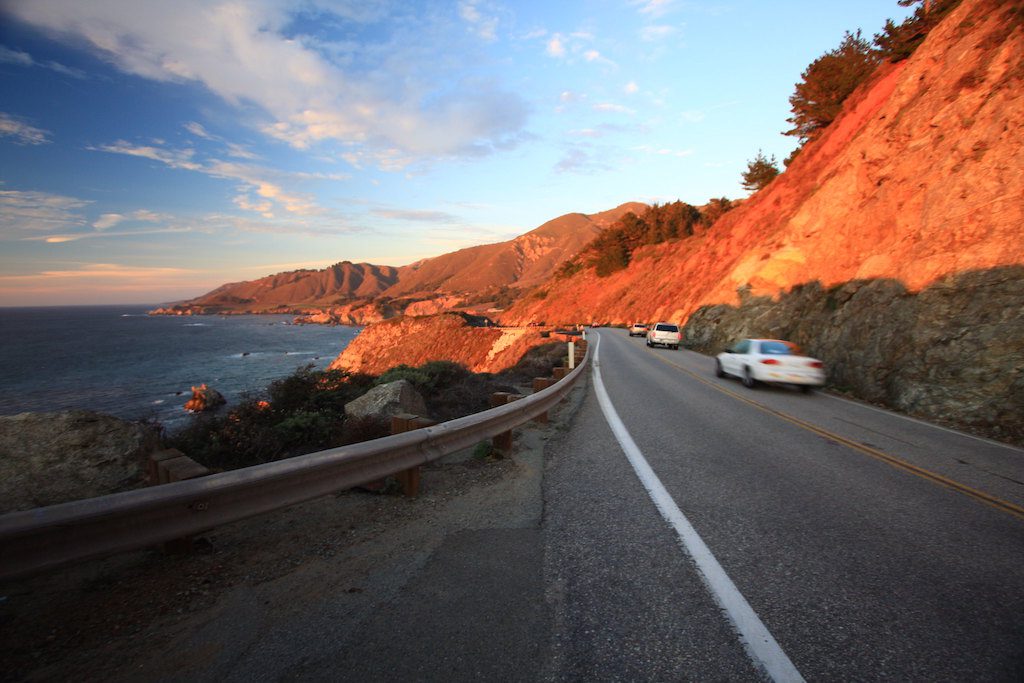Skift Take
When people are finally willing to get away, there is a belief they will be willing to do so primarily by car. The Arrivalist has a dataset designed to help destinations know precisely when that is.
When will people travel again? It is the unanswerable question to which everyone is desperate to find an answer.
While recovery scenarios are, at this stage, entirely speculative, there is a hypothesis that when people are able and willing to get away, they will first do so by private vehicle. Call it the resurrection of the Great American Road Trip — except instead of convertibles and silk scarves flapping in the wind, it’s Lysol wipes, rolled-up windows, and face masks.
The Arrivalist, a location intelligence platform for the travel industry, has created The Daily Travel Index as a way to gauge consumer willingness to travel by car. The index uses a panel of GPS signals from car trips, with relevant trips defined as ones “where the user has traveled a minimum of 50 miles and spent a minimum of 2 hours at the destination.” Commuter travel, cargo, and other frequently made trips are excluded. The anonymized data — which dates back to Feb. 1 — comes from users who have consented to share location data for such purposes when installing software on a device.
Get the Latest on Coronavirus and the Travel Industry on Skift’s Liveblog
The Arrivalist calls destinations, theme parks, and tourism marketers its clients, but founder and CEO Cree Lawson decided to make the index freely available to the industry. He sees it as “a vital sign for the travel and tourism industry,” though he admits in the early stages, he was reluctant to publish the data: “We didn’t want laud travel when it was, in fact, dangerous.”
That being said, the intent of the index is to help destinations and other travel-adjacent companies “stave off panic by quantifying just how much consumers had dialed back their travel and just how much closer we were getting – day by day and week by week – to the level of road trips we’d observed nationwide in February.”
The index debuted in mid-April, and though it’s still unsafe to travel in most cases, some states are opening up, albeit controversially. One example is the state of Georgia, which has begun opening up at the urging of Governor Brian Kemp, though not everyone is pleased about that.
According to the index, road trips over 50 miles were up 23.1 percent in Georgia on Sunday, April 26, compared to the Sunday one week before. Across the U.S., there was an 8.2 percent increase in that same time frame. Lawson also noted that the trips in Georgia were on average shorter (most falling between 50-100 miles) than during the pre-Covid period (100 – 250 plus miles).
“This gives us our first glimpse of what kind of pent up demand there is for travel amongst states which are in lockdown and what kind of increase we might expect to see when those lockdowns are eased in different geographies,” Lawson said.
As Skift has covered in recent weeks, gauging when it’s tonally appropriate to begin marketing the idea of traveling again is tricky. Even as lockdowns begin to be gradually loosened, DMOs which overstep the mark too quickly while consumers are still trepidatious about the idea of leaving home — let alone going on vacation — could backfire.
Our hope is that our clients can use this data set to time, appropriately, the return of their marketing and to target only areas where people feel safe enough to take trips,” Lawson said, “We’ve received very good feedback and our DMO clients are, indeed building media plans and timing their launches based on this data.”
The Daily Newsletter
Our daily coverage of the global travel industry. Written by editors and analysts from across Skift’s brands.
Have a confidential tip for Skift? Get in touch
Tags: coronavirus recovery, destinations, tourism
Photo credit: California's Pacific Coast Highway Hcabral / Flickr
